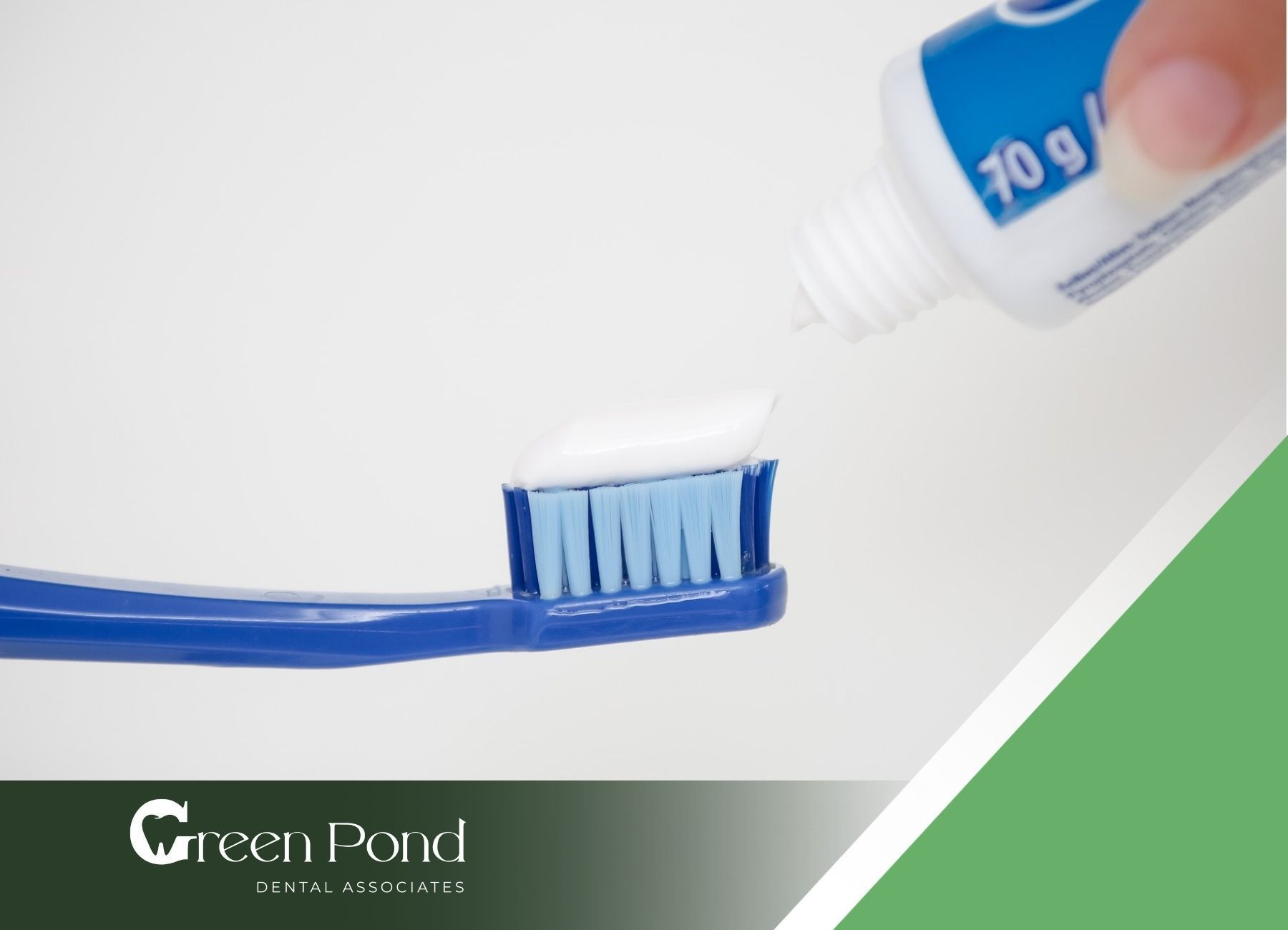Proven Methods to Close Gaps Between Teeth
Do you have gaps between your teeth that are affecting your smile and confidence? Whether they’re caused by genetics, tooth loss, or jaw size, these gaps are more common than you might think. While professional treatments like braces and veneers are well-known options, many people wonder how to fix gaps between teeth naturally.
The good news is that there are a variety of solutions available, from simple lifestyle changes to non-invasive dental treatments. In this article, we’ll explore natural and effective ways to close those gaps and bring back the smile you’ve always wanted.
Understanding Gaps in Teeth
Gaps between teeth, also known as diastemas, can affect both your smile and confidence. Understanding the underlying causes and types of gaps can guide you in choosing the right methods to close them naturally.
What Causes Gaps Between Teeth?
Several factors contribute to the formation of gaps between teeth. These can include:
- Genetics: Sometimes, the spacing of your teeth can be inherited from your family.
- Jaw Size: If your jaw is larger compared to your teeth, gaps can naturally occur.
- Loss of Teeth: Missing teeth due to injury, decay, or gum disease can lead to spacing issues.
- Prolonged Thumb Sucking: This habit in childhood can impact the alignment of teeth later in life.
- Periodontal Disease: Gum disease can affect the stability of teeth, causing them to shift and create spaces.
Types of Tooth Gaps
Understanding the different types of gaps can help you determine how to address them. Common types include:
- Midline Diastema: A gap that occurs between the two front teeth.
- Labial Frenum Gap: Caused by a prominent labial frenum (the tissue connecting the lip to the gum), regardless of tooth size.
- Spacing Gaps: Areas where teeth are too small compared to the jaw size, resulting in uneven spacing between multiple teeth.
Awareness of these causes and types can assist in exploring your options for naturally closing gaps in your teeth.
Several Methods to Close Gaps
When considering how to close gaps in teeth, there are several cosmetic dental procedures you might find helpful. Three common methods are dental bonding, veneers, dental crowns. Each has distinct qualities that make them effective for enhancing your smile.
Dental Bonding
Dental bonding involves applying a tooth-colored resin to close gaps between your teeth. This procedure is quick and can often be completed in a single visit to your dental professional. The dentist shapes the resin to match the natural contours of your teeth, ensuring a seamless look.
Benefits of dental bonding include:
- Cost-effective: Typically less expensive than veneers or crowns.
- Minimal removal of tooth enamel: Less invasive than other options.
- Fast results: Often completed in one appointment.
Dental Veneers
Dental veneers are custom-made shells designed to cover the front surface of your teeth. They can effectively close gaps while improving the overall appearance of your smile. Veneers are made from either porcelain or composite resin and offer a natural look.
Advantages of dental veneers include:
- Stain resistance: Porcelain veneers are resistant to staining.
- Durability: With proper care, veneers can last many years.
- Aesthetic appeal: They provide a bright, even appearance.
Dental Crowns
Dental crowns, also known as caps, are a more extensive option used to cover an entire tooth. If a gap is present due to tooth damage or decay, a crown can restore its shape and size while closing the gap effectively. Crowns can be made from various materials, including porcelain, metal, or a combination of both.
Benefits of dental crowns include:
- Strength: They provide additional support to weakened teeth.
- Customizable: Crowns can be shaped to fit your bite and align perfectly with neighboring teeth.
- Longevity: They can last many years with proper care.
Selecting the right method for closing gaps in your teeth depends on various factors, including the size of the gap, the condition of your teeth, and your budget. Consulting with a dental professional can help you determine which option is best for you.
Orthodontic Options
If you are looking for effective ways to close gaps in your teeth, orthodontic treatments can offer significant improvements. Two common methods to consider are braces and clear aligners. Each option has its unique benefits and can help you achieve a more complete smile.
Braces for Tooth Gaps
Braces are one of the most traditional methods for closing gaps in teeth. They consist of brackets bonded to each tooth and connected by wires. The wires are tightened gradually, which applies pressure on the teeth, moving them into the desired position over time.
Braces can effectively address a variety of dental issues, including gaps. They can be a great option if you have multiple gaps or alignment issues. Treatment duration typically ranges from a few months to a few years, depending on the severity of the gaps and your individual response to treatment.
Key points to consider:
- Duration of Treatment: 18 months to 3 years.
- Adjustment Visits: Every 4 to 8 weeks.
- Maintenance: Regular brushing and flossing, along with avoiding certain foods.
Clear Aligners for Tooth Gaps
Clear aligners are a modern alternative to traditional braces. They are custom-made, transparent trays that fit snugly over your teeth. You change the aligners every few weeks, which gradually shifts your teeth into the correct position.
Clear aligners are an appealing choice for many people because they are less noticeable than braces and can be removed for eating and cleaning. They are effective for mild to moderate gaps in teeth.
Key points to consider:
- Duration of Treatment: 6 months to 2 years
- Change Frequency: Every 1 to 2 weeks
- Maintenance: Regular cleaning of aligners and daily wear of at least 22 hours
Choosing between braces and clear aligners depends on various factors, including the size of the gaps, your lifestyle, and your preference for aesthetics. Consulting with an orthodontist can help determine which option is best suited for you.
Lifestyle Changes for Gaps
Addressing gaps in your teeth goes beyond professional treatments. Incorporating lifestyle changes can significantly aid in maintaining dental health and potentially closing those gaps naturally. Focus on proper dental hygiene and dietary choices to promote overall oral well-being.
Proper Dental Hygiene
Maintaining excellent dental hygiene is crucial for preventing further gaps and ensuring your teeth remain healthy. Here are some essential practices to adopt:
- Brush Twice Daily: Use a fluoride toothpaste and a soft-bristle toothbrush. Ensure you brush for at least two minutes each time, focusing on all surfaces of your teeth.
- Floss Daily: Flossing helps remove food particles and plaque buildup between teeth. Make this a daily habit to prevent gum disease, which can contribute to gap formation.
- Use Mouthwash: An antibacterial mouthwash can help reduce plaque and gingivitis, supporting healthier gums and teeth.
- Regular Dental Visits: Keep scheduled appointments with your dentist for cleanings and check-ups. Early detection of dental issues can prevent gaps from worsening.
Dietary Considerations for Oral Health
Your diet plays a significant role in your oral health. Making conscious food choices can enhance your teeth's strength and structure, potentially aiding in closing gaps.
- Calcium-Rich Foods: Incorporate dairy products, leafy greens, and almonds into your diet. Calcium helps strengthen teeth and bones.
- Vitamin D: Ensure you get enough vitamin D, whether from sunlight or foods like fatty fish. This vitamin is essential for calcium absorption.
- Crunchy Fruits and Vegetables: Foods like apples, carrots, and celery can help clean your teeth naturally as you chew, reducing plaque buildup.
- Limit Sugary and Acidic Foods: Reduce your intake of sugary snacks and drinks, as they can lead to cavities and erosion, worsening gaps.
By focusing on proper hygiene practices and making informed dietary choices, you can enhance your oral health and create a solid foundation for closing gaps in teeth naturally.
Consultation with a Professional
When it comes to addressing gaps in your teeth, consulting with a dental professional is essential. Their expertise can guide you through the various options available and ensure you choose the best approach for your situation.
Importance of Dental Check-ups
Regular dental check-ups play a crucial role in maintaining your oral health. During these visits, your dentist can evaluate your teeth and identify any issues contributing to gaps. It is vital to address such concerns early to prevent further complications.
Routine check-ups typically include:
- Comprehensive examination of teeth and gums
- X-rays to assess the bone structure and alignment
- Professional cleaning to remove plaque and tartar
Scheduling consistent appointments every six months helps maintain your oral health and allows for prompt detection of any potential gaps.
Seeking Advice from a Dentist
When you notice gaps in your teeth, seeking advice from a dentist is one of the best steps you can take. They can provide you with personalized recommendations based on your dental condition. The professional assessment will cover factors such as:
- The severity of the gaps
- Underlying dental issues
- Your overall oral health and hygiene practices
During your consultation, you can expect to discuss various natural methods to close gaps in teeth. Your dentist can explain procedures like dental bonding, veneers, or crowns and help you understand which options align with your needs and preferences. Making informed decisions with professional guidance can lead to achieving a flawless smile.
Conclusion
Achieving a flawless smile is within reach, even if you have gaps between your teeth. With the right treatment and care, you can close those gaps naturally or with minimal intervention. Whether you choose dental bonding, clear aligners, or orthodontics, you have options that suit your needs.
If you're looking for expert care to fix gaps in your teeth, Green Pond Dental is here to help! Our team specializes in a wide range of treatments to help you restore your smile and confidence. Don't wait—get in touch with Green Pond Dental and take the first step toward the smile you deserve!
FAQs
Can gaps between teeth close naturally over time?
While some gaps may reduce in size with natural changes or treatments like dental bonding, most gaps require professional dental care to close effectively.
Are there affordable ways to close gaps between teeth?
Yes! Dental bonding and veneers offer cost-effective options for closing gaps in your teeth, with minimal discomfort and quick results.
How long does it take to fix gaps in teeth with orthodontics?
The time required varies based on your treatment method and gap size. Braces may take 18 months to 3 years, while clear aligners typically take 6 months to 2 years.










